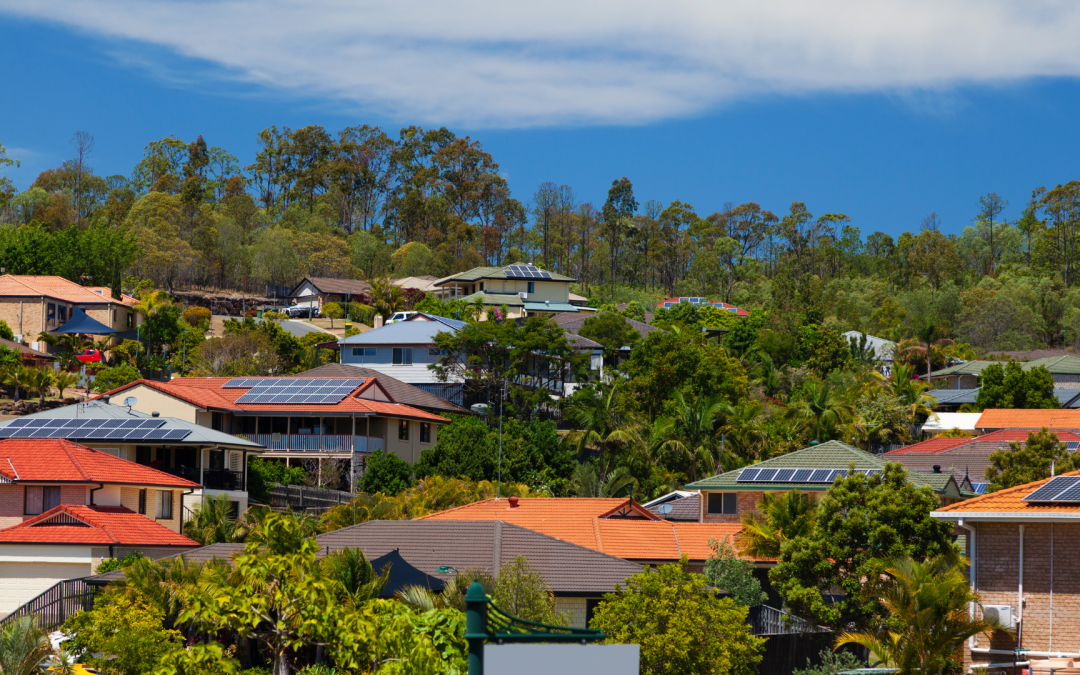As the demand for clean, renewable energy grows, community solar projects have emerged as an effective way to expand solar accessibility beyond homeowners and businesses with rooftop space. In the Mid-Atlantic region—including Maryland, New Jersey, Virginia, Pennsylvania, and Delaware—community solar initiatives are helping to democratize solar energy while reducing carbon footprints. This article explores what community solar is, how it works, and specific examples from each of these states.
1. What Are Community Solar Projects?
Community solar projects, also known as shared solar, are solar energy systems that multiple subscribers can access. Instead of installing individual rooftop panels, participants invest in or subscribe to a collectively owned solar farm. These projects allow individuals, businesses, and organizations to benefit from solar power without requiring on-site installations.
2. How Do Community Solar Projects Work?
Community solar operates through a subscription-based or ownership-based model:
- Subscription Model: Participants subscribe to a portion of a solar farm’s energy production and receive credits on their utility bills based on their share of the energy generated.
- Ownership Model: Participants buy a certain number of panels or shares in a solar array and receive financial benefits from the energy those panels produce.
In both cases, participants benefit from solar energy without needing to install, maintain, or finance their own solar panels.
3. Community Solar Growth and Examples in the Mid-Atlantic
Each Mid-Atlantic state has taken steps to encourage community solar development. Below are notable examples from each state:
- Maryland: The state launched the Community Solar Pilot Program, which allows residents—including low-to-moderate-income (LMI) households—to participate in shared solar projects. One example is the Montgomery County Community Solar Project, which provides clean energy to hundreds of households.
- New Jersey: Through the Community Solar Energy Pilot Program, New Jersey is increasing access to solar power for renters and those without viable rooftop space. The Edison Community Solar Project is a major initiative helping residents save on energy costs.
- Virginia: The Shared Solar Program enables residents, particularly in urban areas, to subscribe to off-site solar farms. The Chesterfield County Community Solar Farm is one of the largest projects providing renewable energy to local businesses and homeowners.
- Pennsylvania: While community solar is still developing, proposed legislation aims to expand access. The Philadelphia Solar Co-op has been advocating for policy changes while installing community-based solar projects in the city.
- Delaware: The state has been fostering community solar development through incentives. The Delmarva Community Solar Project is helping residents save on energy costs while reducing environmental impact.
4. Benefits of Community Solar Projects
Community solar offers numerous benefits, making it an attractive solution for residents, businesses, and local governments.
a. Accessibility for All
One of the main advantages of community solar is that it provides access to solar power for individuals who cannot install rooftop panels—such as renters, apartment dwellers, and homeowners with shaded roofs.
b. Cost Savings on Energy Bills
Subscribers typically receive a credit on their electricity bills for their share of the solar energy produced. These savings can help reduce overall energy costs, making solar power more financially viable for a broader audience.
c. Environmental Impact
Community solar helps reduce greenhouse gas emissions and dependence on fossil fuels. By generating clean energy, these projects contribute to sustainability goals and combat climate change.
d. Boosting Local Economies
Community solar projects create jobs in solar installation, maintenance, and management. They also support local economies by reducing reliance on imported energy sources.
e. Grid Stability and Resilience
With more distributed energy resources like community solar, the electric grid becomes more resilient to outages and demand fluctuations.
5. Challenges and Considerations
While community solar is expanding, there are challenges that need to be addressed:
- Regulatory Barriers: Some states have restrictive policies that limit the expansion of community solar.
- Initial Investment and Financing: While subscription models lower the cost barrier, funding new projects requires significant investment.
- Awareness and Participation: Many residents remain unaware of community solar options and their benefits.
6. The Future of Community Solar in the Mid-Atlantic
As policy improvements, technological advancements, and growing public interest continue to drive the renewable energy transition, the future of community solar in the Mid-Atlantic looks promising. States are implementing legislation to streamline permitting processes, incentivize developers, and expand eligibility for subscribers.
Additionally, innovations like agrivoltaics (combining solar farms with agricultural land use) and floating solar installations could further enhance the region’s clean energy capacity.
Community solar projects in Maryland, New Jersey, Virginia, Pennsylvania, and Delaware are paving the way for a more inclusive and sustainable energy future. By enabling individuals and businesses to benefit from solar energy without installing their own panels, these initiatives are expanding access, reducing costs, and lowering carbon footprints. As policies evolve and technology advances, community solar will continue to play a crucial role in the region’s renewable energy landscape.


Recent Comments